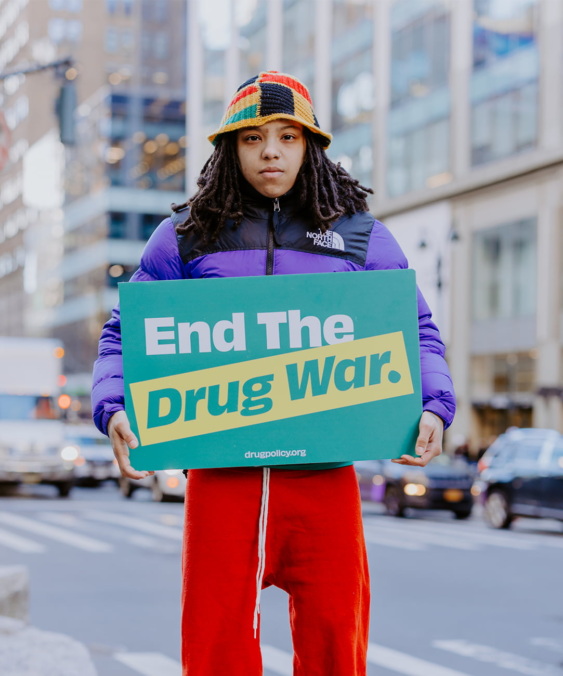Funding Cuts to Medicaid and Essential Health Services Threaten to Reverse Recent Decline in Overdose Deaths
The Centers for Disease Control and Prevention (CDC) reported a 27% decrease in overdose deaths in 2024. This is a hopeful sign, but the House of Representatives just moved forward with deep cuts to Medicaid—the largest payer of substance use disorder treatment in the country.

